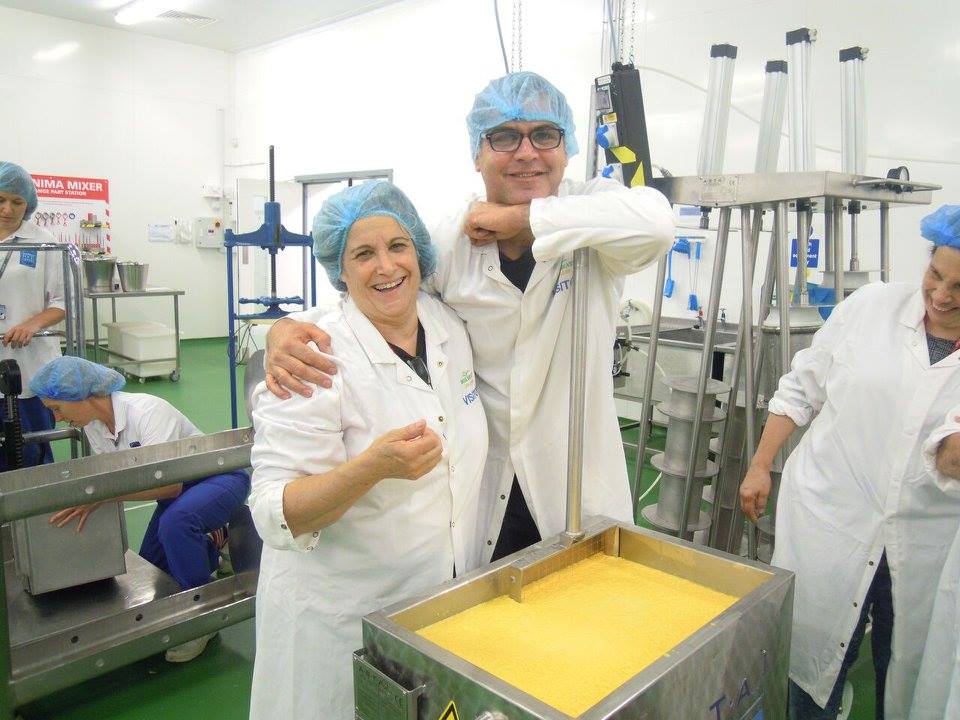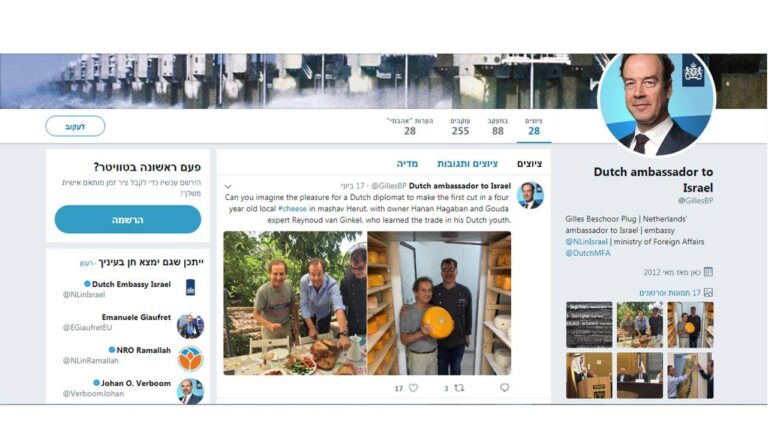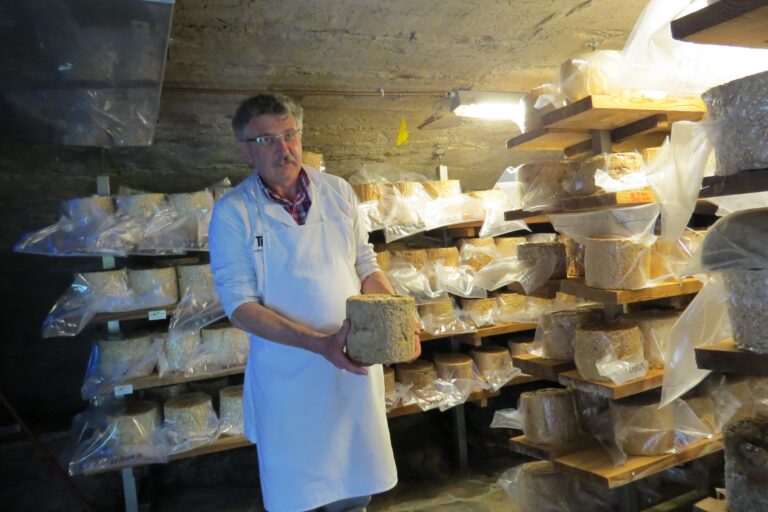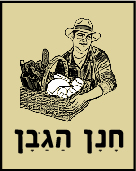Sunday, Ben-Gurion International Airport, I am on my way to a training course on the British island.
The yellow fields, the buildings of Holon, the shoreline.. and we are over the blue sea.
Four and a half hours flight, I look out through the clouds and see green fields, streams of water, winter sensation…
Landing at Heathrow and we’re on our way to the town Crewe to rest for tomorrow.
Near the town of Nantwich resides Reaseheath College, this is where I’m heading for a cheese-making class, learning to make the British island’s cheeses: Cheddar, Stilton, Cheshire and Red Leicester.
In this school you can learn a wide range of subjects: agricultural mechanics, cheese-making, livestock management, logging, construction and preservation in rural areas, extreme sports and more.
In the middle of the school area there is a large lake, squirrels run to find nuts, ducks float leisurely, a very quiet atmosphere, a dripping drizzle – English summer …
The studies begin with a theoretical day where they learn about cheeses and the English cheese-making tradition: recipes, technique and some English humor.
For example, it had been used to pack the Cheshire cheese in wooden barrels. The cheese served as a component of the sailors’ diet in the British Navy ships. In those ships, the mice and rats that were unseen passengers, ate the wooden barrel and did not touch the moldy, salted cheese …
Everyone is laughing, the teacher has a heavy English accent and speaks slowly. In my mind I imagine him for a second as Uncle Vernon from Harry Potter movies.
Time is running, it’s already five o’clock, the teacher is already under pressure to go to the pub to knock back few pints of beer …
Monday
Today we make the cheeses in the dairy on the lower floor of the building. An impressive installation, a variety of means of production, from equipment for a small fromagerie to equipment for giant dairies free of human involvement.
We split into three teams, one preparing the Cheddar, the other the Cheshire cheese, the third the Leicester.
And we on to work – separating the whey from the curds, cutting, Cheddaring, waiting, pressing into molds. By tomorrow, the cheese will be ready.
From here it will be a while before the cheese gets the desired flavor. Industrial cheeses can be sold out the next few days or weeks, non-industrialized cheeses are out to the market after a minimum of two months’ aging.
It is five again. Today I’m also under pressure to go to the pub to knock back a few pints of beer. Starting to adapt myself to the local culture…
Tomorrow we visit a small farm named ‘Fowlers cheese makers’ where they have been making cheeses for 350 years.
I’m doing ‘BeCheddar’ (ok in Hebrew), see you in the next letter …
Yours, Hanan Hagaban














